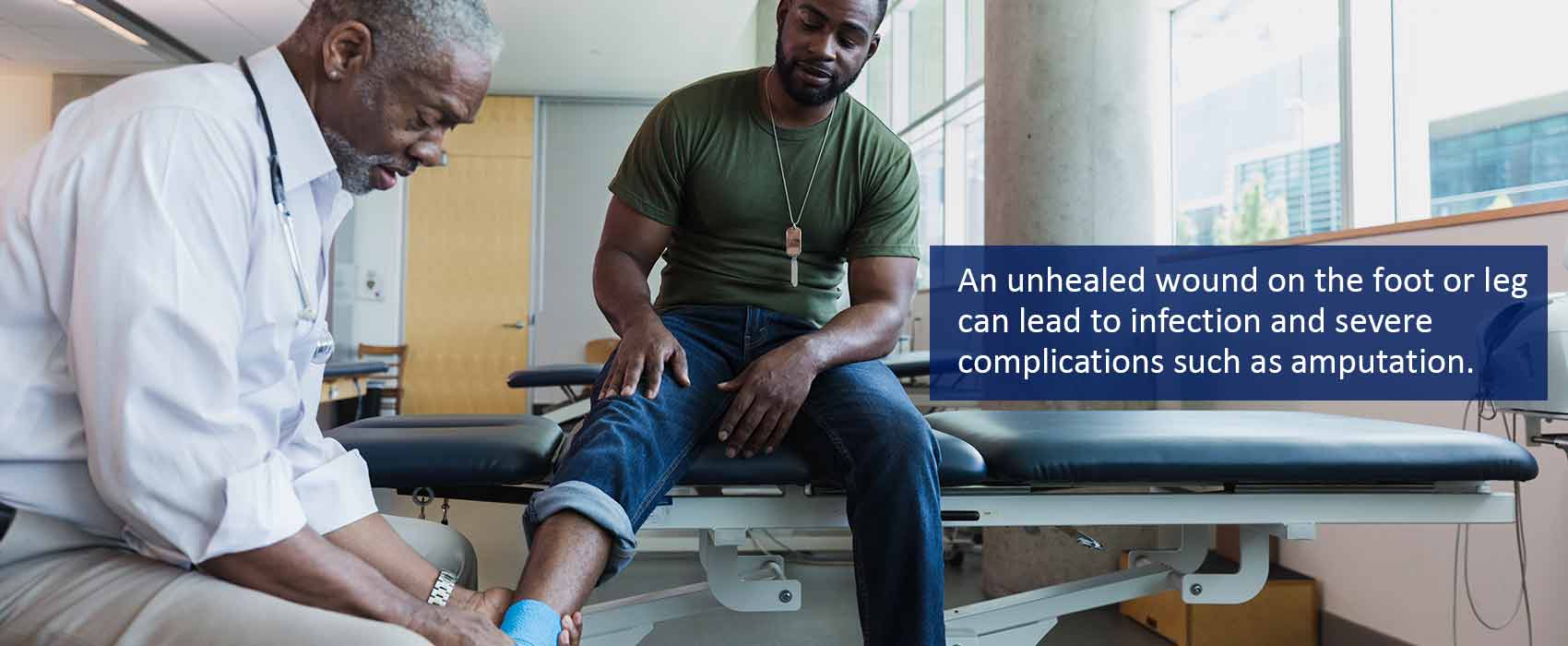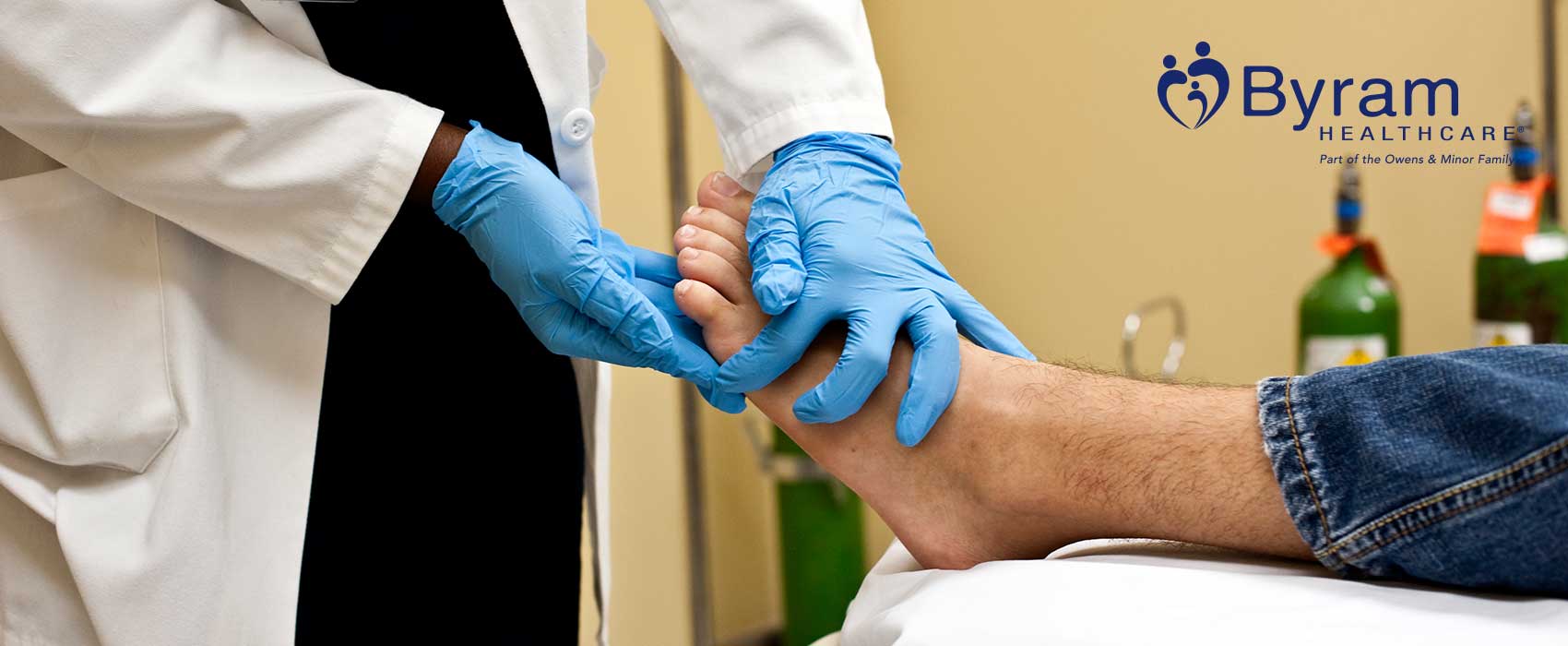
Healing your wounds requires the proper cleaning, maintenance, and care. If you’re not careful, acute wounds become chronic and can greatly increase your chance of ongoing infection or problems. One way to improve the healing process is through wound irrigation. Rather than simply pouring hydrogen peroxide over a wound and dressing it, wound irrigation requires that you follow a specific procedure. To make sure that you’re getting the most out of the process, here’s some information on how to perform proper wound irrigation.
What is Wound Irrigation?
Wound irrigation is when you use a designated cleaning solution to sanitize your injury and remove elements that affect the healing process. When done correctly, it helps to remove any extra cellular debris, surface bacteria, wound exudate, dressing residue, and residual topical agents. Depending on the severity of your wound, your doctor will tell you which type of irrigation solution is best for you.
Types of Wounds that Need Irrigation
Almost every type of wound should be irrigated, unless otherwise specified by your doctor. When taking care of chronic wounds, irrigation is essential. The key is keeping the irrigation gentle and light and then adhering the proper wound dressing once you’re done. When done correctly, this speeds up the healing process and reduces your risk of complications. The only types of wounds that you should avoid irrigating are those that are actively bleeding. If you irrigate a bleeding wound, you may actually dislodge clots and elongate the healing process.
When to Irrigate a Wound
You should irrigate your wound every time you change your bandage or dressing for the most effective results. If your wound is new, it may be beneficial to clean and irrigate the area to thoroughly examine it and determine its severity. If you’re unsure, see your doctor. While most wound irrigation is considered non-invasive, if the wound is severe and irrigation causes extreme pain or discomfort, your doctor may recommend getting it professionally cleaned under a local anesthesia or sedation.
How to Clean a Wound
Since irrigation is one of the best ways to clean many common types of wounds, you want to make sure that you’re doing it properly. This means following a recommended procedure and using the right cleaning agent. There are a variety of different solutions used to clean a wound. If you have a serious injury, your doctor will give you post-treatment instructions that clearly identify the type of solution you need to use. If you don’t need medical assistance, you can usually get good results from using one of the following:
- Regular Saline – saline is one of the most commonly used cleaning solutions for irrigation. It’s readily available in drug stores, easy to use, and safe. Saline is best used on smaller wounds as it isn’t as effective at cleaning necrotic areas.
- Sterile Water – sterile water gets absorbed by your cells but can still be used to clean your wounds. If you notice excessive swelling, use less water during the cleansing process.
- Hydrogen Peroxide – hydrogen peroxide is another commonly used cleaning agent. It’s an antiseptic and helps to remove dead tissues, debris, and controls active bleeding.
- Potable Water – if you’re unable to access saline, hydrogen peroxide, or sterile water, potable water is an acceptable alternative as long as your wound is not contaminated.
- Povidone-Iodine – for wounds that are infected or contaminated with known microorganisms, using povidone-iodine is a good option. However, due to the strength of the solution, exercise caution. It can cause damage to healthy cells.
- Sodium Hypochlorite – sodium hypochlorite is often used on pressure ulcers or necrotic wounds. It targets microorganisms that can cause infection but should not be used over long periods of time.
Every wound is different. If you notice any signs of infection or irritation always make sure that you get a professional medical opinion.
Steps to Irrigating a Wound
Choosing the type of cleaning solution to irrigate your wound is only one step of the process. You also need to gather the remaining supplies, prepare the wound, irrigate it, and then apply a new wound dressing.
Gather Necessary Supplies
In addition to your cleaning solution, you’ll need a few other supplies. Make sure that you have something to clean your hands with—antiseptic is preferred. We also recommend using gloves for the cleaning process to avoid any chance of contamination. Make sure that you have at least 100mL of the cleaning solution you’re going to use, sterile water, and a basin to collect fluid. You may also benefit from using a wound measurement guide or a sterile probe (metal or cotton) to help assess the wound.
Preparing the Wound
To prepare your wound, perform an assessment for pain, size, and any pus or other fluids. Make sure that you have all of your supplies and that your cleaning solution is not too hot or cold. Wash your hands then put-on gloves and proceed to remove the old bandages.
The Irrigation Process
The irrigation process will differ depending on the type of wound and what cleaning agent you’re using. It’s important to cleanse the wound with your solution using sweeping motions and avoid putting too much pressure in one area. Use a syringe if the cleaning agent does not have a thin tip. You will need to apply with a slight pressure, but too much can cause damage to the skin and deepening wounds. You should focus on cleaning the wound itself along with the skin that surrounds then wound. If the wound is large, start at the edges and work your way into the center. Repeat the process for the entire wound.
If there are any pieces of loose skin or debris, you can use the sterile probe to help remove them safely. Do not force anything off or pull as this can re-open the wound and cause more problems. After you’ve completely cleaned the wound, take time to assess it for any signs of infection. If you notice anything, call your doctor immediately. Wound cleaning should be done as gently as possible and should not result in more damage. If you experience any pain during the process that makes it unable to complete irrigation, talk to your doctor about options for medically assisted irrigation.
Applying New Dressings
When applying the wound dressings, cover the entire wound and use the correct bandage or gauze. If needed, a skin barrier can be helpful. Follow your doctor’s instructions when applying your type of wound dressing to ensure that it’s properly done.
Advantages of Wound Irrigation
The primary advantages of irrigation are that it helps keep a healthy, moist environment that’s conducive to cleaning, assists debridement, and improves the wound healing process. When done correctly, it reduces the amount of time a wound takes to heal and can help minimize scarring. Since wound irrigation is fairly straightforward, it’s easy to perform anywhere you are, regardless of the location of your wound. Solutions are inexpensive and the procedure doesn’t take much time to complete.
Disadvantages of Wound Irrigation
The only disadvantage to performing irrigation on yourself is that it’s a messy process—especially when you’re just starting to learn. To make sure that you’re not ruining any of your clothing or linens, take extra precaution. Consider irrigating in your bathroom, right before taking a shower, or at the very least, make sure you’re wearing old clothing. If you have any questions or concerns about cleaning your wound, talk to your doctor.
While these aren’t necessarily considered disadvantages, there are a few complications that you should be aware of ahead of time. After wound irrigation, you may notice that there is some erosion from loss of tissue. This is called excoriation. You may experience some temporary discomfort, more swelling, and, if done improperly, contaminants penetrate deeper layers of your wound. To avoid these complications, always follow the proper cleaning instructions and avoid using excessive amounts of pressure when cleaning a wound.
Finding the Right Supplies
Performing an irrigation procedure can help flush out wounds in order to properly clean the affected tissue, remove any debris, and allow for adequate drainage. If you’re planning to irrigate your wounds, make sure that you speak with your doctor about the proper steps, supplies, and any risk of complications. Although overwhelming at first, you’ll get used to the process and will help your wound heal faster and with fewer problems. To make sure you have everything you need, contact Byram Healthcare—a leading wound care supplier with an outstanding Chronic Wound Program and plenty of educational materials. We’re committed to helping you on your path to recovery and offer everything from bandages and gauze to collagen dressings, hydrogels, and compression bandages.




